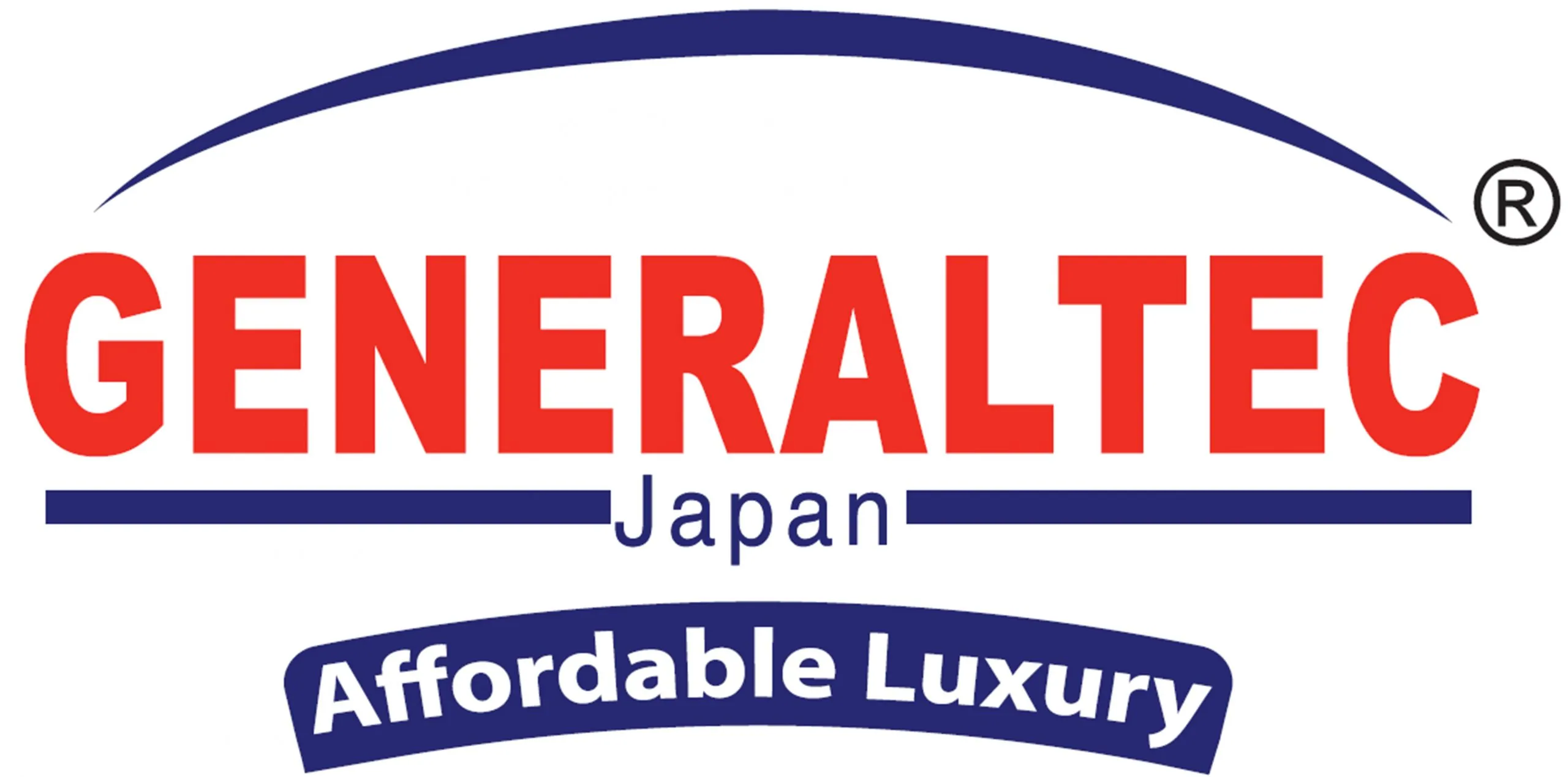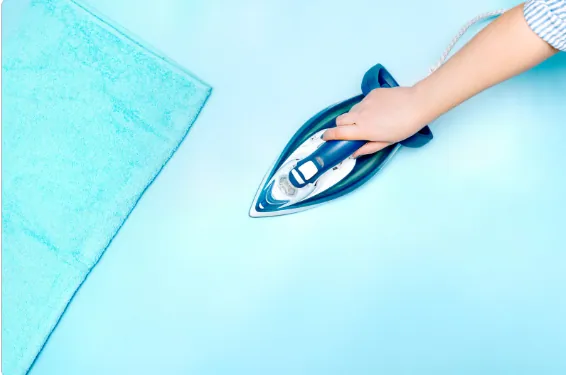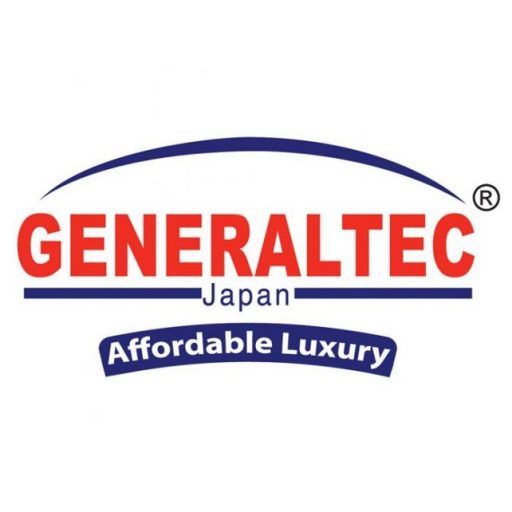Ironing is an essential household chore that helps clothes look neat and presentable. However, a lot of people are confused about which kind of ironing dry or steam is better for certain clothes. Every technique has benefits of its own and is most effective with certain kinds of materials. We’ll go over the distinctions between steam and dry ironing in this blog post and help you in selecting the method that will work best for your fabrics.
What is Steam Ironing?
Heat and moisture are used in steam ironing to remove wrinkles from fabrics. When the steam iron is heated, a built in water tank produces steam. This steam is released through small holes in the soleplate (the flat surface of the iron), which helps to soften fabric fibers and make ironing easier.
What is Dry Ironing?
Dry ironing, on the other hand, only uses heat to press clothes. It does not emit steam, thus the only methods it uses to erase wrinkles are the weight of the iron and the heat from the soleplate. Older irons might only allow for dry ironing, but several include a “dry” option where you can turn off the steam.
Pros and Cons of Steam Ironing
Pros:
Better for removing stubborn wrinkles: Steam moisture softens cloth, which facilitates the removal of even the most stubborn creases.
Gentle on sensitive fabrics: Steam ironing lowers the possibility of burning delicate materials, such as silk, satin, and wool.
Faster ironing: Steam aids in the rapid smoothing out of wrinkles, which speeds up the ironing process.
Cons:
Not suitable for all fabrics: Steam ironing may not be suitable for certain fabrics like leather, velvet, and some synthetics, as moisture can damage them.
Extra maintenance: To avoid the accumulation of limescale in the water tank and steam holes, steam irons need to be cleaned on a regular basis.
Pros and Cons of Dry Ironing:
Pros:
Excellent for heavy textiles: Thick materials like cotton, denim, and linen that don’t require additional moisture to iron wrinkles well respond nicely to dry ironing.
No risk of water stains: Since dry ironing doesn’t use water, there’s no chance of water marks or stains on your fabrics.
Easy to use: Dry irons are simple devices that require minimal maintenance and have fewer settings.
Cons:
Less effective on difficult wrinkles: It may be more difficult to eliminate deeply set wrinkles from some materials without the use of steam.
Not ideal for delicate fabrics: Delicate textiles are prone to burning or damage from high heat, making dry ironing an excessively harsh method.
Which Method is Best for Your Fabrics?
Cotton and linen: The moisture from steam ironing successfully smoothest out wrinkles in these dense materials.
Silk and Wool: Steam ironing works well for delicate textiles like silk and wool because the moisture in the air helps keep the material from burning or being damaged.
Synthetic materials: Steam can damage or leave watermarks on synthetic materials like nylon and polyester. It is safer to dry iron on a low heat setting.
Denim & Heavy textiles: Since steam is not required to remove wrinkles from denim, dry ironing is an excellent method for these kinds of textiles.
Last Note
The advantages of steam and dry ironing vary according on the kind of fabric you are using. While dry ironing works better for thick materials and simple wrinkles, steam ironing is ideal for delicate textiles and difficult wrinkles. Always read the care label on your clothing to find out the recommended ironing method for the best results. You can easily maintain your garments looking crisp and well-pressed by selecting the appropriate pressing technique for your fabrics.











